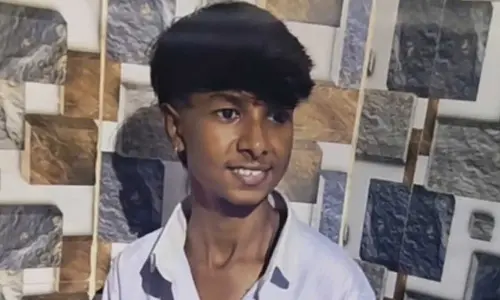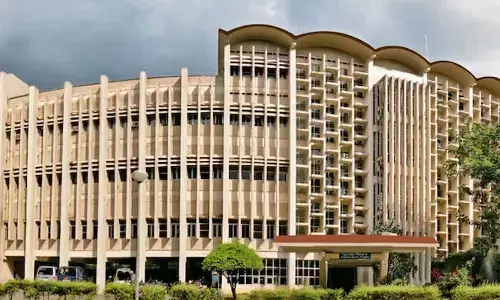Supreme Court reserves verdict

Supreme Court of India
Everything cannot be suspected: SC to petitioners
New Delhi: The Supreme Court on Thursday reserved its judgment on the petitions seeking 100% verification of Electronic Voting Machine (EVM) data with Voter-Verifiable Paper Audit trail (VVPAT). At present, VVPAT verification is done only for votes recorded in five randomly selected EVMs in each assembly segment.
Underscoring the importance of voter satisfaction and trust in the electoral system, the Supreme Court told the petitioners who sought its direction to go back to using ballot papers not to suspect the efficacy of EVMs and appreciate if the Election Commission does good work. A bench of Justices Sanjiv Khanna and Dipankar Datta said over suspicion of everything is a problem. The petitions filed by the Association for Democratic Reforms (ADR) and one Arun Kumar Agarwal highlighted the voter’s fundamental right to information about his vote. The petitioner also sought a direction that voters should be allowed to physically drop the slips generated by the VVPAT in a ballot box to ensure that the voter’s ballot has been ‘counted as recorded’.
The petitioner had mentioned that there is no procedure marked by the Election Commission of India (ECI) for the voter to verify that that their vote has been counted as recorded causing a dent in voter verifiability.
The requirement of the voters verifying that their votes have been "recorded as cast" is somewhat met when the VVPAT slip is displayed for about seven seconds after pressing the button on the EVM through a transparent window for the voters to verify that their vote has been recorded on the internally printed VVPAT slip before the slip falls into the 'ballot box', the plea stated.
The apex court had sought the Election Commission of India's (ECI) response in the matter on April 1, when the plea was tagged with other pending matters concerning EVM and VVPAT.
On Thursday, the poll body told the apex court that the manufacturer of the electronic voting machines does not know which button is going to be allotted to which political party or which machine is going to be allotted to which state or constituency.
A senior official of the ECI told the bench of Justices Sanjiv Khanna and Dipankar Datta that the voting unit comprises a ballot unit, control unit and a VVPAT unit, which is basically a printer.
Seven days before polls, images of symbols are uploaded on the 4 MB flash memory of the VVPAT machine in the presence of candidates or their representatives.
The official pointed out that the ballot unit is agnostic to the candidates or symbols. It only has buttons against which party symbols are pasted. When a button is pressed, the unit sends a message to the control unit, which alerts the VVPAT unit, which in turn prints the symbol matching the button that is pressed.
The petitioners have also sought 100% cross verification of VVPAT slips with EVM votes count. They said while the government had spent nearly Rs 5,000 crore to purchase nearly 24 lakh VVPATs, only slips from approximately 20,000 VVPATs could be verified. Senior Advocate Sanjay Hegde, appearing for petitioners, said there should be a separate audit to add greater credibility to the counting process.














